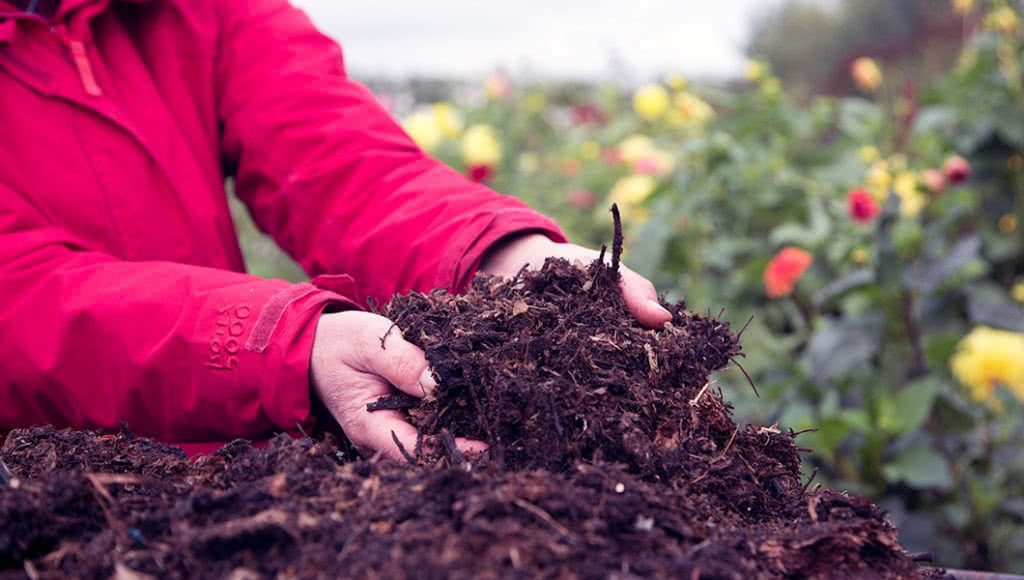I was commenting the other day on how I can never remember the names of actors or bands as my head is too full of wild flower names and, as Jen pointed out, now, also cultivated flower names.
Now, as March is approaching, my mind is filling with compost. Not literally, but this time of year makes me think of the bags of peat-based composts stacked in garden centres — and amazing peat bogs packaged in plastic. When I think of a peat bog, my mind springs to a memory of me peering at a delicate purple flower on a Welsh mountainside. I discovered when I got home and looked it up in my flower book that it was a butterwort and a lover of sphagnum bogs. The other little gem which loves a bog is the sundew with its red hairs glistening in the sunshine. Interestingly, both are insectivorous, this way gaining extra nutrients that the bog does not provide. This lack of nutrients is one of the reasons horticulturists find peat such an incredible substrate for germinating seeds.
And why would we not use peat? It is so magical and useful and, as one peat compost rep said to the plant centre up the road — who pride themselves on being peat-free: “Have you ever been to a peat bog? They’re horrible places!” He clearly failed to find the butterwort.
Well, being a lover of sundews and butterworts and the myriad of life which lives in and around sphagnum bogs, I will always rise to the challenge of using alternatives to peat. I have taken to using a mixture of coir and vermiculite as a seed mixture which has worked well for the last few years.
So, as I am soaking a coir bale to make seed compost today, I find myself humming a tune which I often find myself doing. I hear the words to the tune Where have all the flowers gone? Don’t ask me who sings it!
To read more about using peat – or not, click here

